For 6 days from February 17、I traveled to Eastern Hokkaido. This article introduces the Red-crowned Cranes in the village of Tsurui.
Over the course of two days, I visited Otowa -bashi, a famous spot for observing the roosting cranes. On the first day, it snowed and the lowest temperature that morning was about -6℃. It was forecasted to have an ice-fog at below 15 degrees Celsius. Perhaps due to these bad weather conditions, when we arrived at the bridge at 4am, there were only 3 tripods lined up when we arrived. After 5:30am, the sky brightened and the cranes began to appear even though it was still snowing, and we were able to see them at a short distance away, only about 50 m from the bridge.
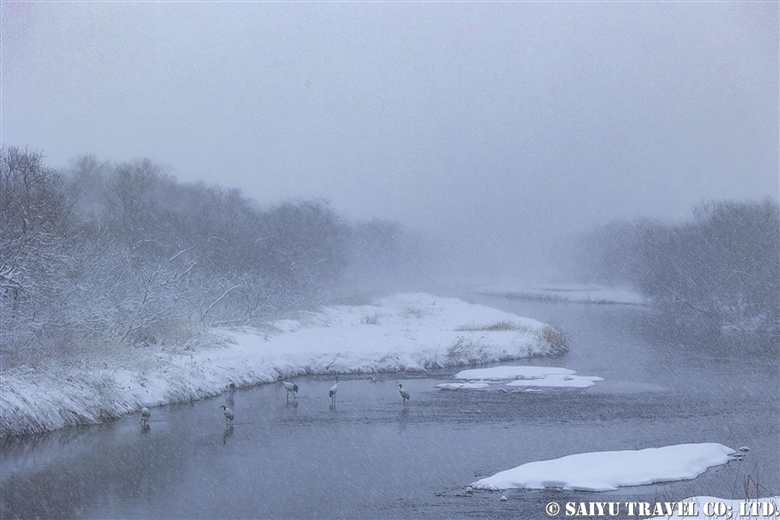
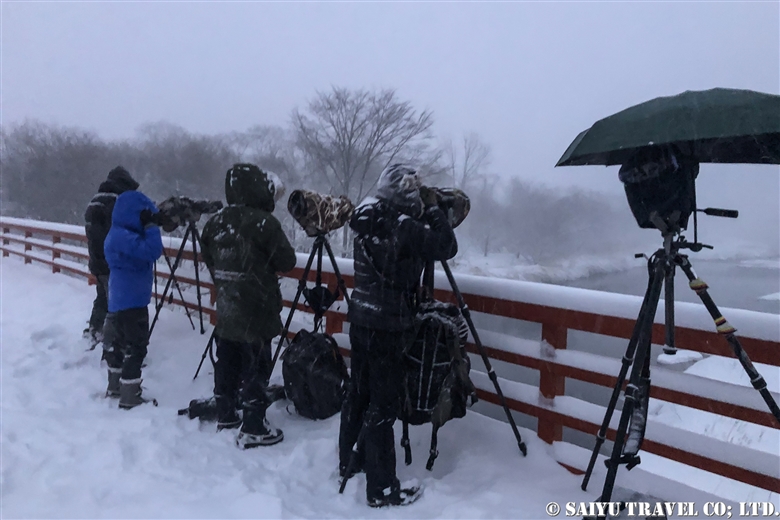
On the second day, the lowest temperature was minus 15℃, and when we arrived at 4am, there were already 30 tripods lined up, and in the end, there were so many people crowding to see the cranes, that we had to form two lines for the tripods. The red-crowned cranes were several hundred meters away, because it was sunny, but the morning glow was a golden hue, coloring the crane’s roosting area, making it a very magical sight.
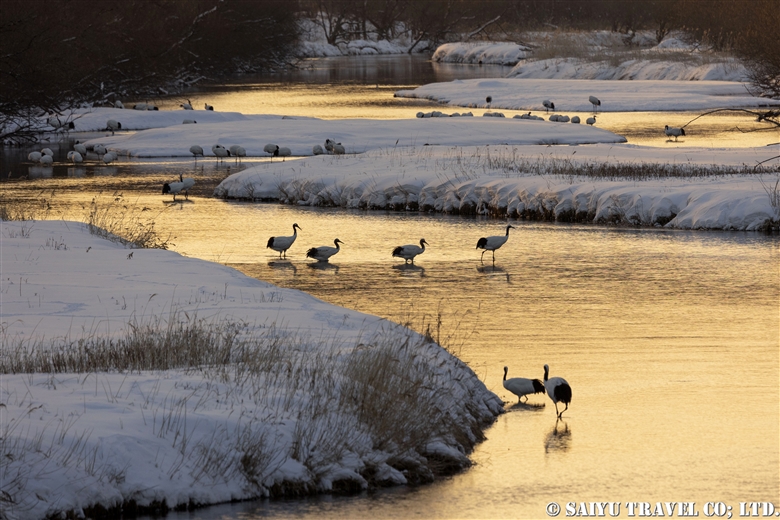
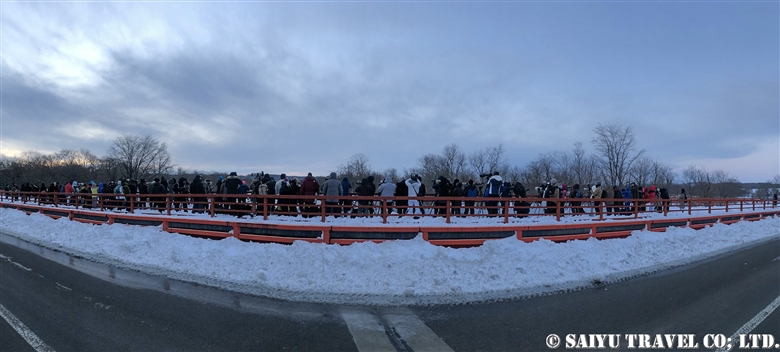
At the Ito Sanctuary, which is the feeding ground for them during the winter, many people had already reserved their photo-taking positions from an hour beforehand. On the first day, perhaps because the wind was really strong, the cranes flew from behind us observers, passing directly above us. Even the photographers with the big camera lenses, were using their cell phones to shoot cause the distance was too close. Also, due to the snow, the ground was covered with a fresh coat of snow, making their courtship displays very elegant and fantastic.
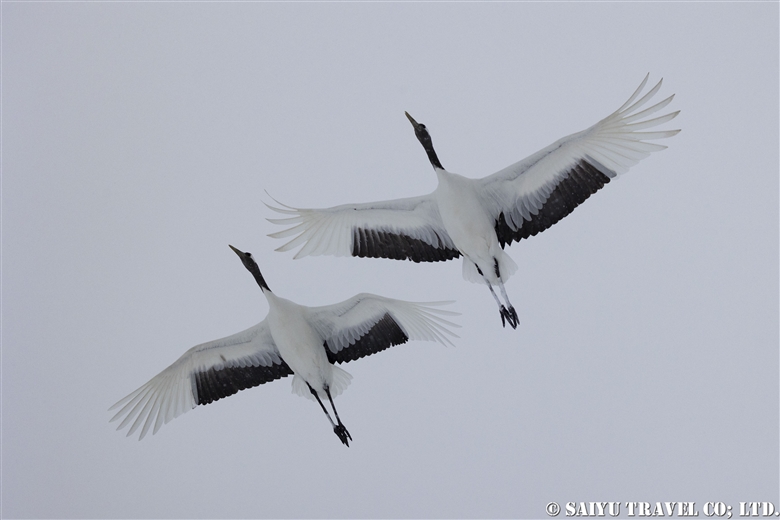
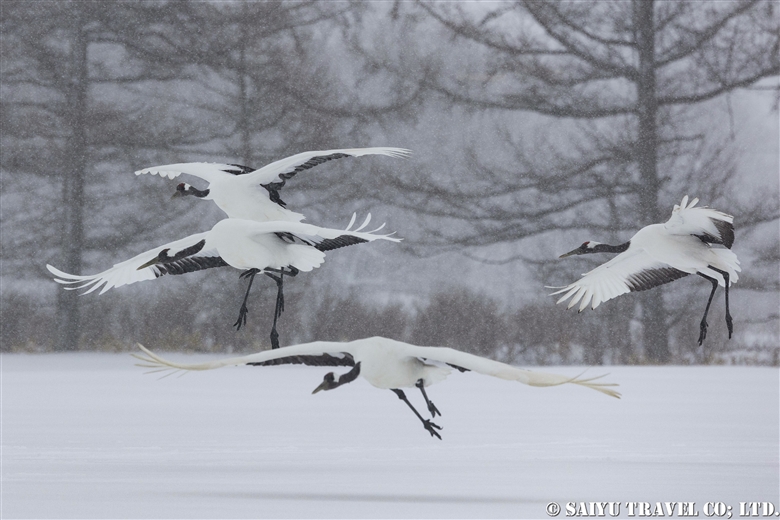
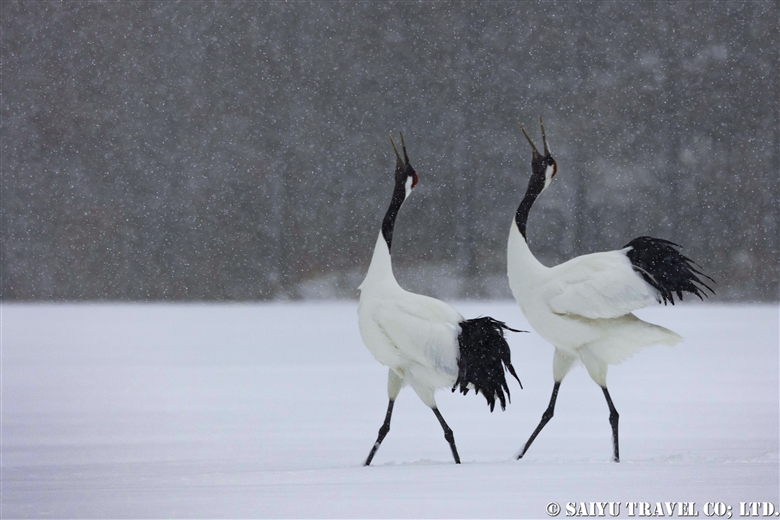
On our second day, there were so many people gathered there from an hour before the feeding time. This time, in the parking area of Ito Sanctuary, there were people who had gotten stuck in the snow, causing lots of confusion in the parking lot. Driving in eastern Hokkaido takes some getting used to, so if you do drive yourself, please be careful not to waste precious photography time and get there early. On this day, it was a particularly beautiful day to observe cranes flying in with the clear blue skies as the backdrop.
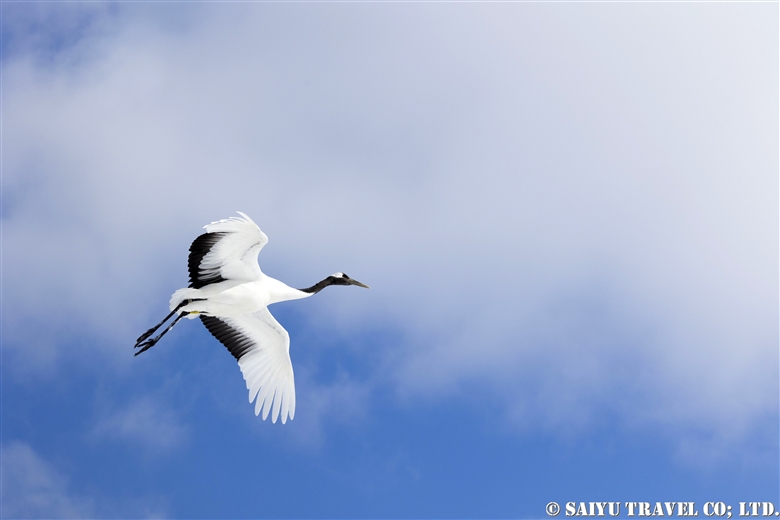
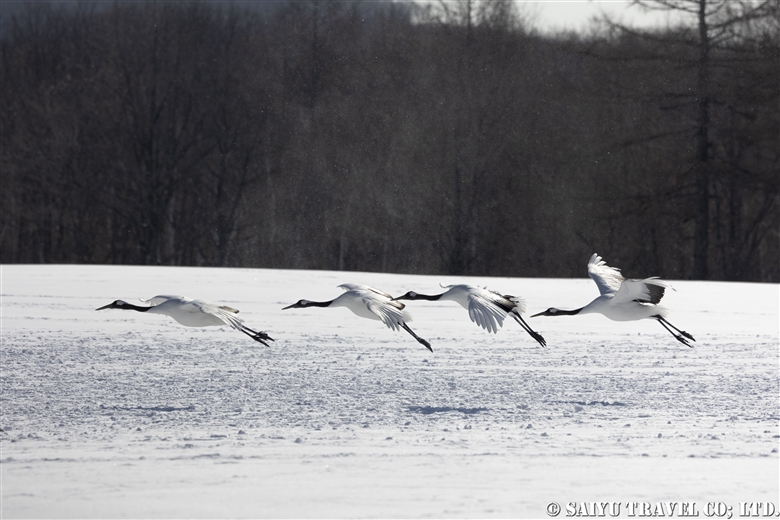
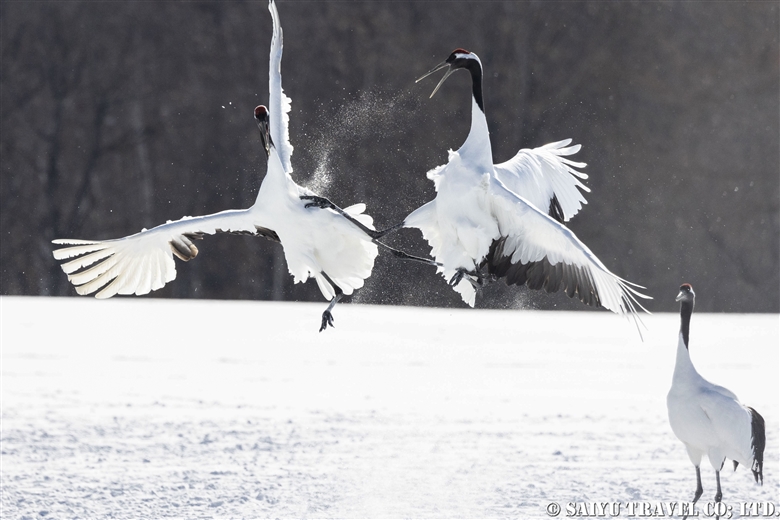
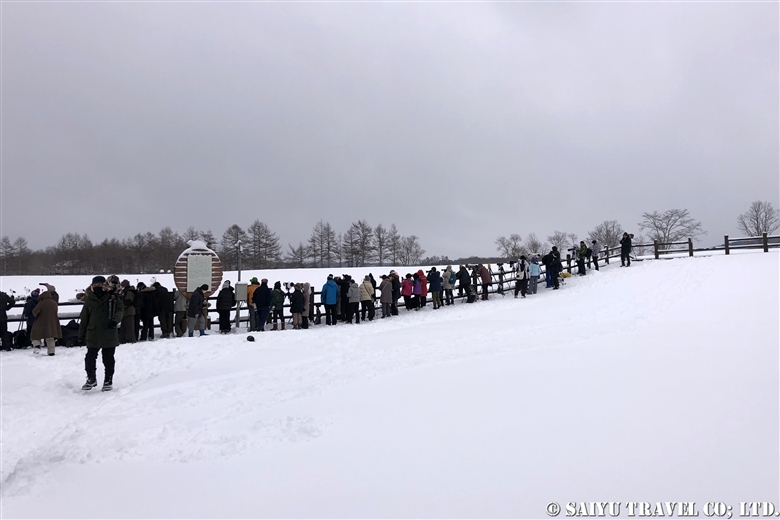
Then, at noon, we took a break at the shop that has bird feeders out for the Long-tailed tits “Shimaenaga.” Tourists are there eating the pasta flavored with locally grown basil and Hokkaido’s famous ice cream while observing the small long-tailed tits that were attracted by the birdfeeders.
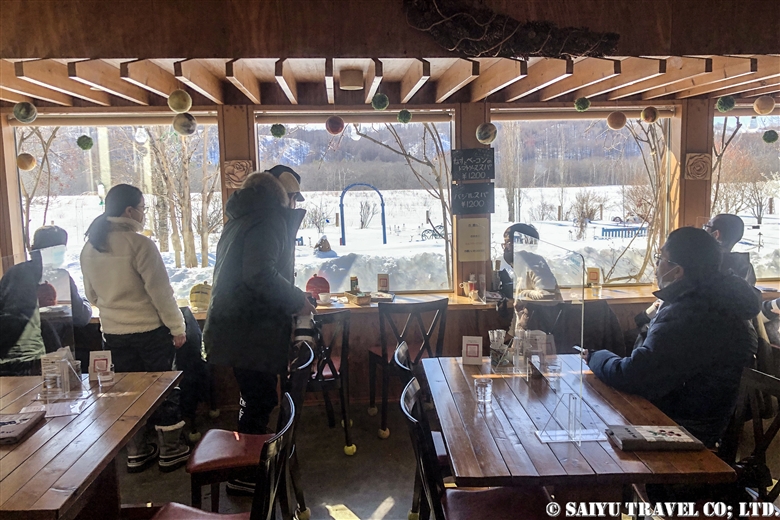
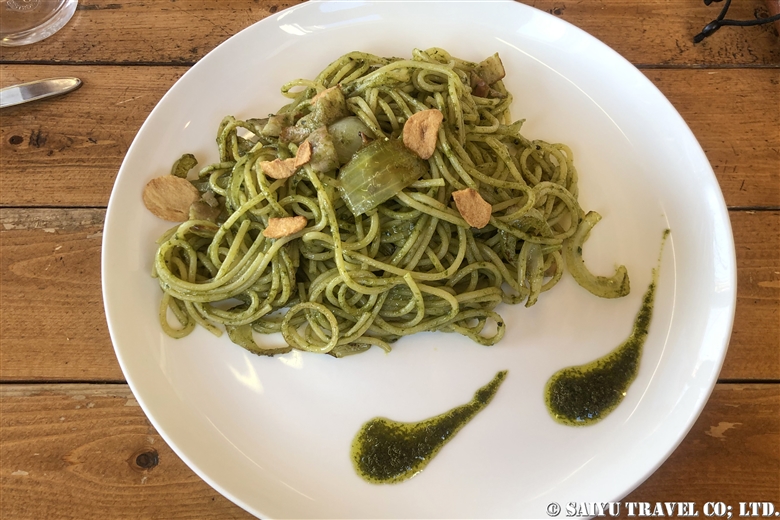
In the evening, we observed the cranes going to roost. Due to the fact that they all return at once from the feeding site to the roost, we waited for the photo opportunity by waiting along the route. Over the 2 days, we saw a large number of cranes flying overhead. On the second day in particular, the sunset was a beautiful hue, so many people were able to get photos with a magical atmosphere.
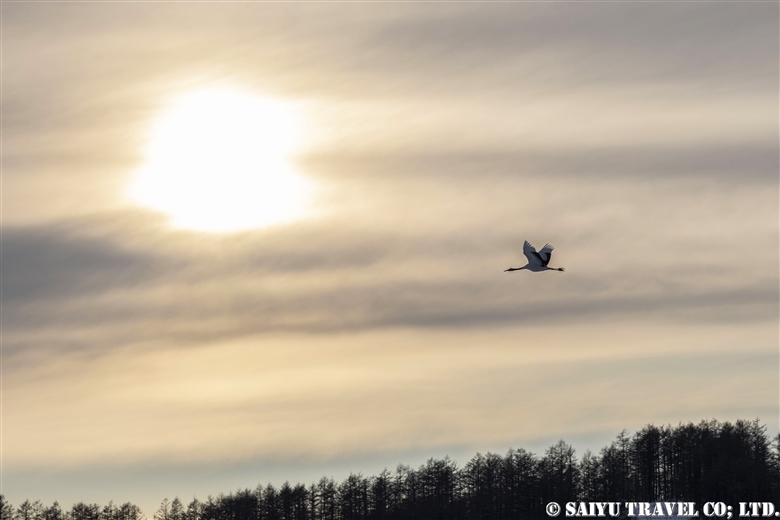
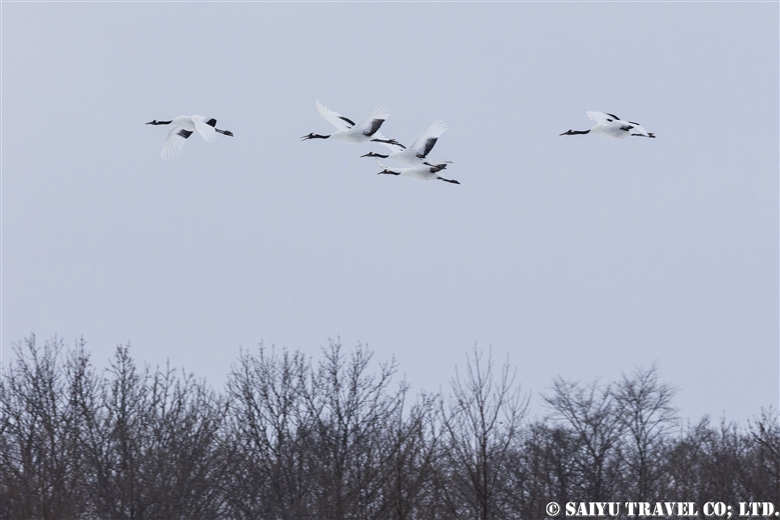
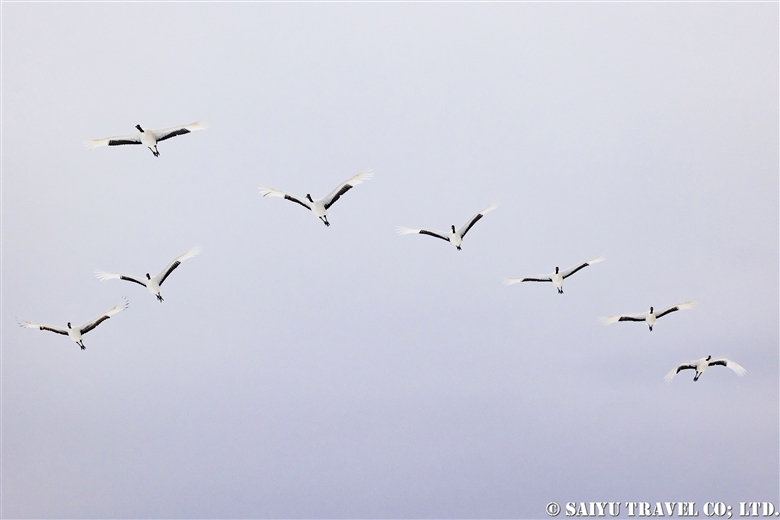
Photo & Text: Wataru HIMENO
Observation: Tsurui Village, East-Hokkaido
*Contact us, Saiyu Travel for more information about wildlife and bird watching in Hokkaido. We can make various arrangements for your trip. We have a guesthouse, Shiretoko Serai, in Rausu, Shiretoko Peninsula.
*Youtube : Wildlife of Japan
Tags: Bird tour Japan, Otowa-bashi, Bird Watching Japan, Otowa bridge, Wildlife of Hokkaido, Red-crowned Crane, Ito sanctuary, Wildlife of Japan, Tancho, Birds of Hokkaido, Tanchou, Birds of Japan, Photography tour of Red-crowned carane, Wildlife Photography tour in Japan, Photography of Red-crowned crane, Wildlife tour in Japan, Tsurui village, Rausu, Wildlife in Japan, Birding tour Japan, Tsurui mura










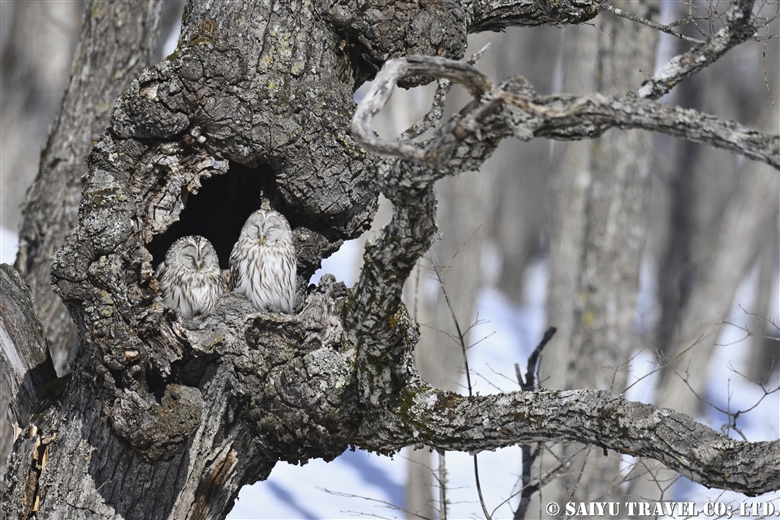
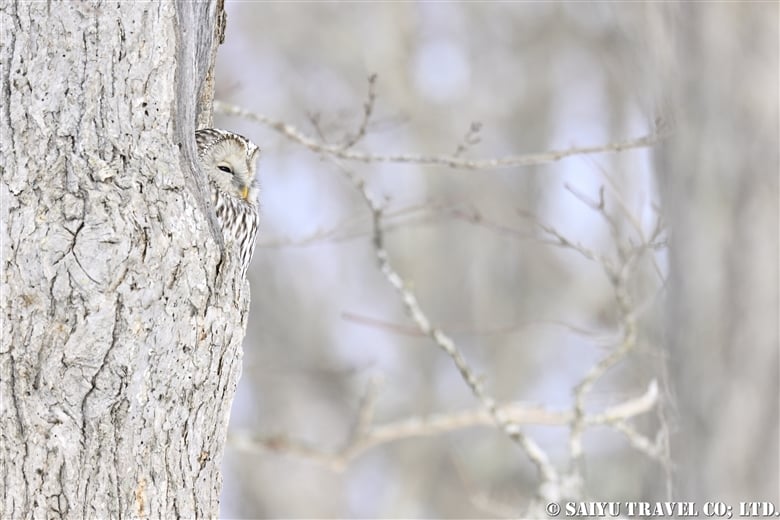
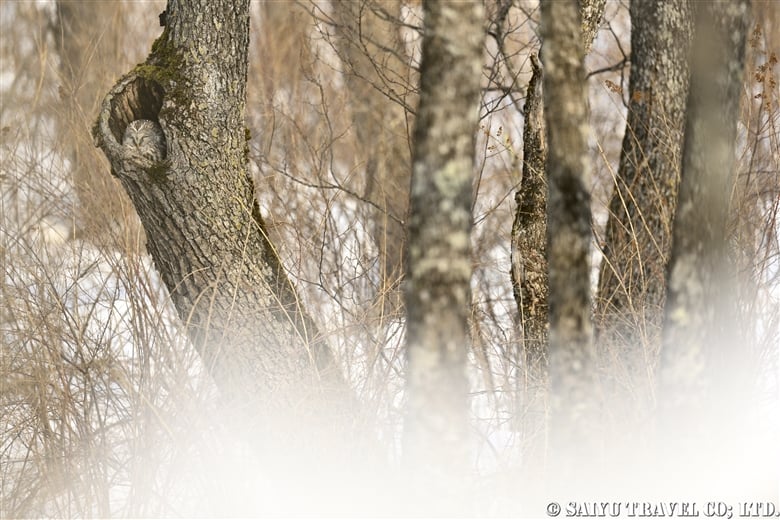
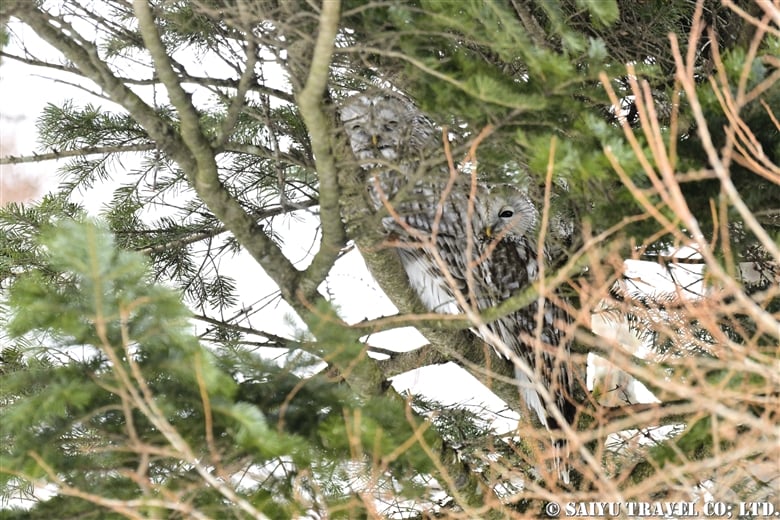









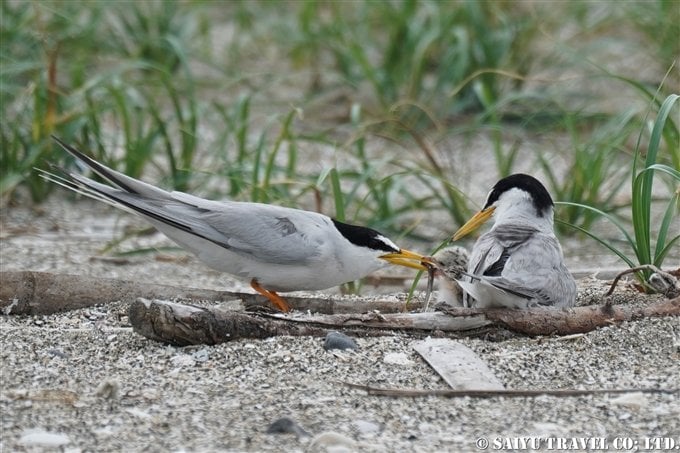
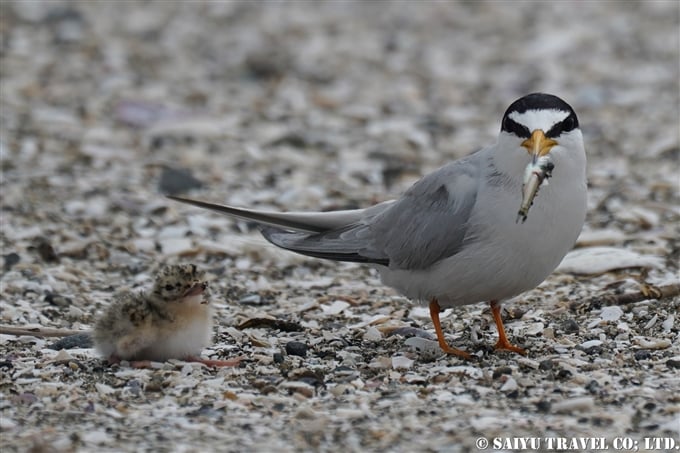
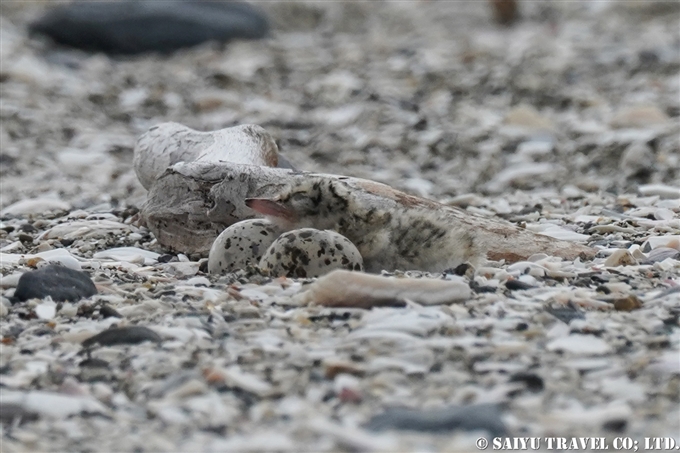
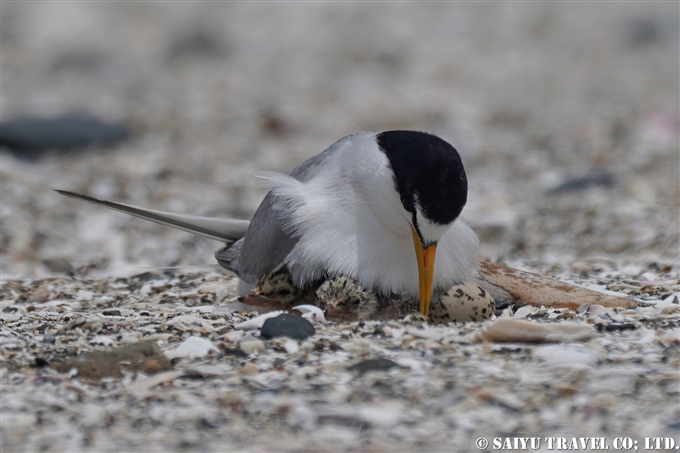

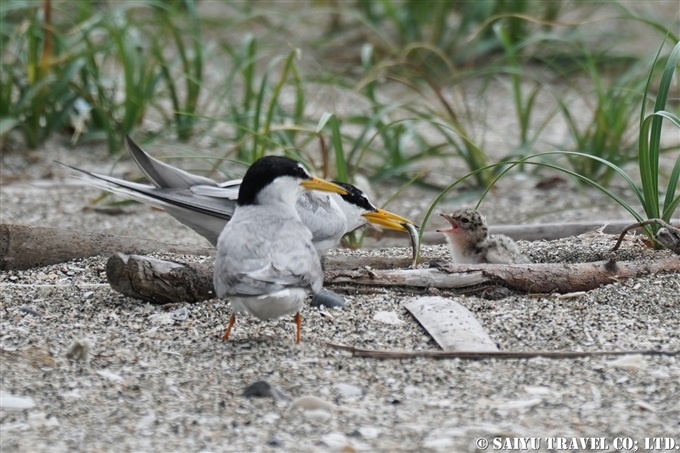
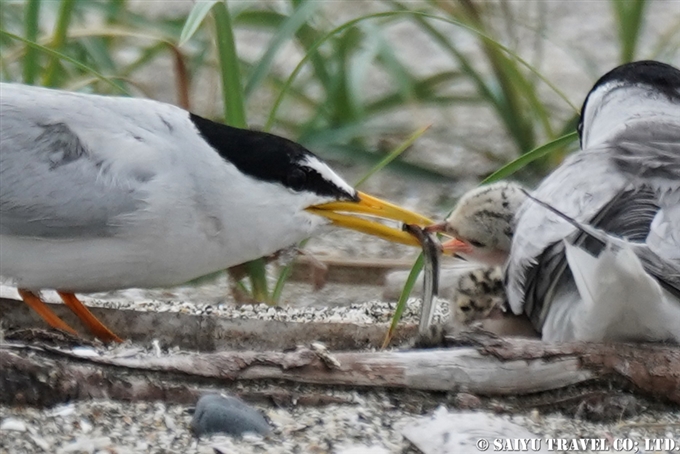
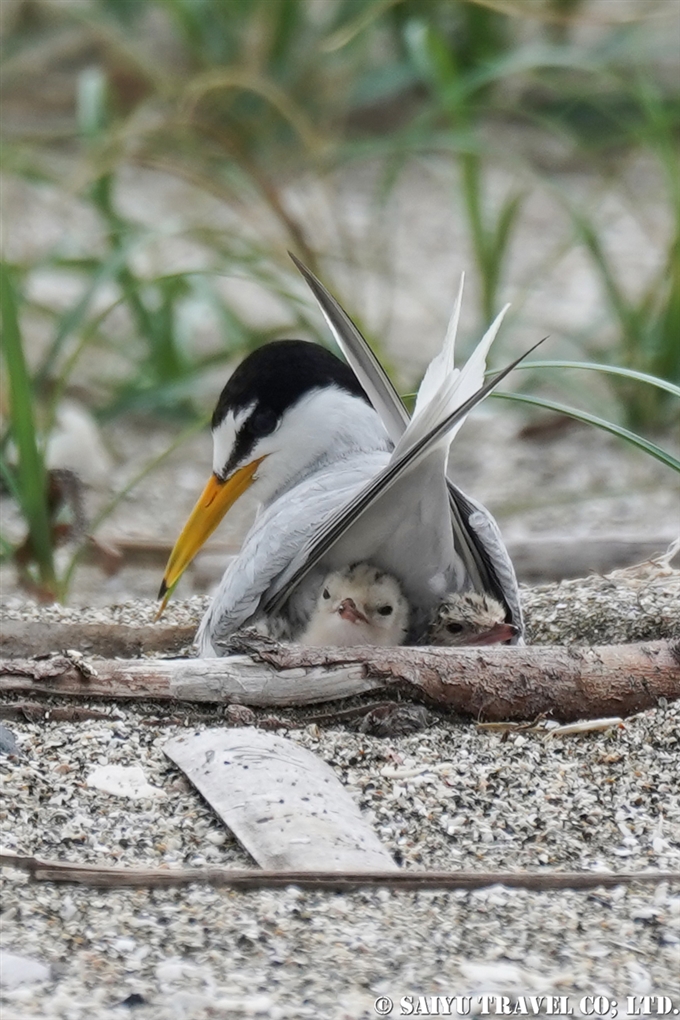





























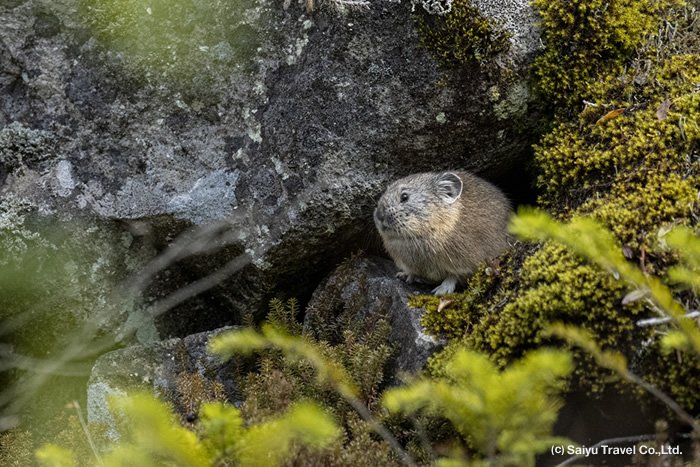
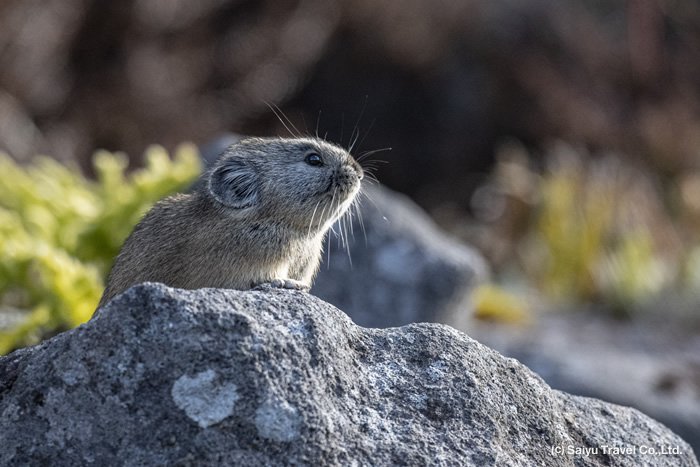






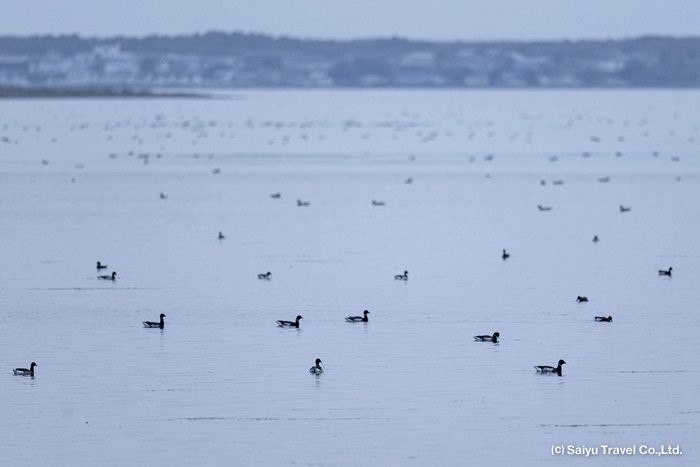
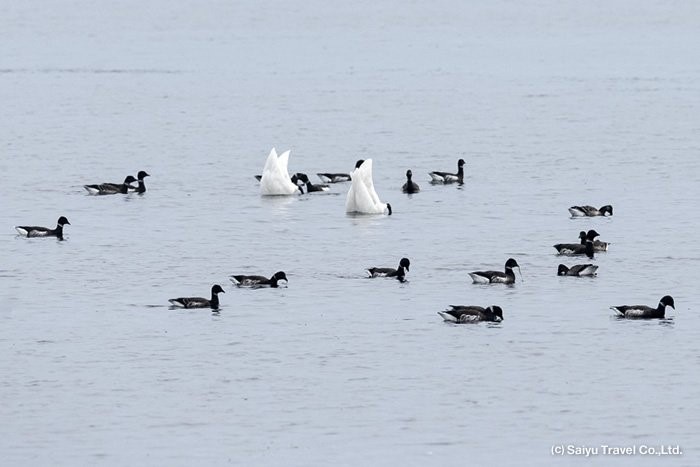
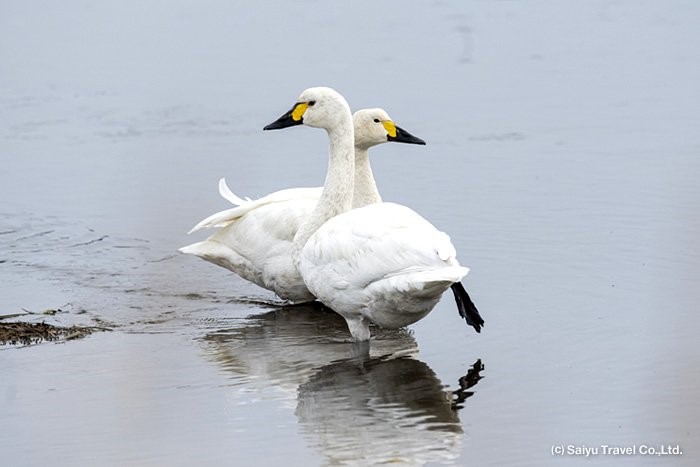
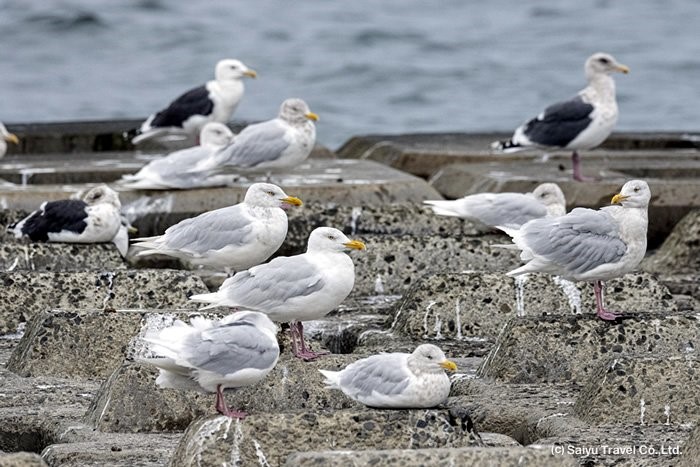
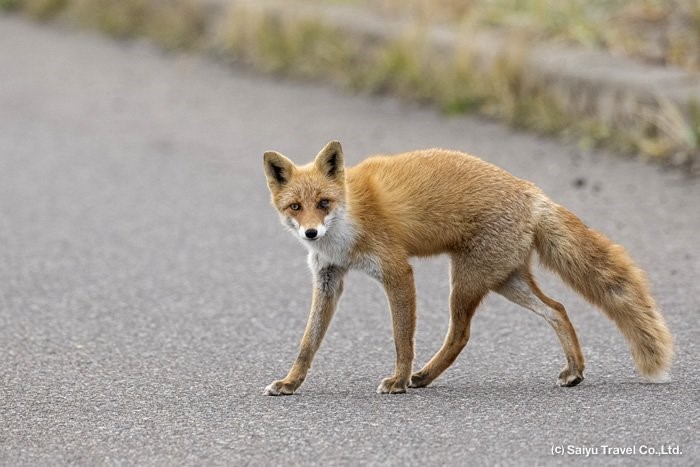
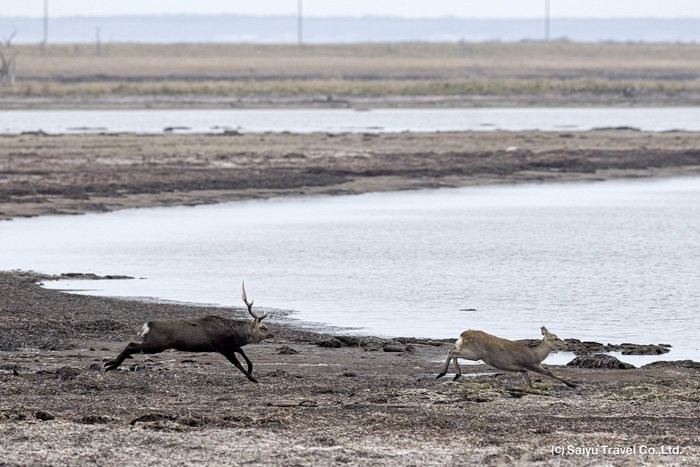
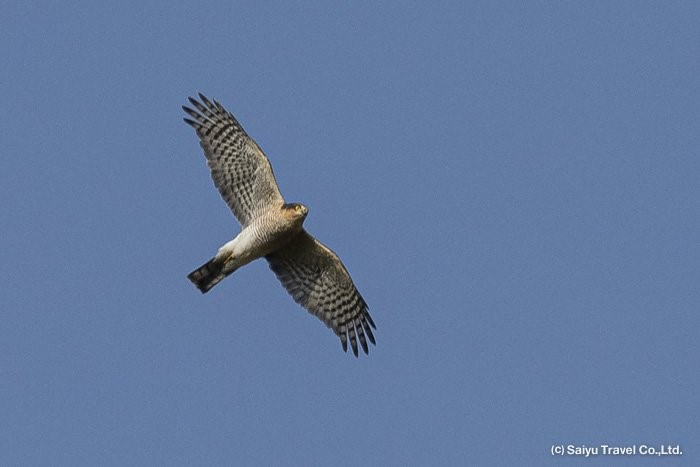
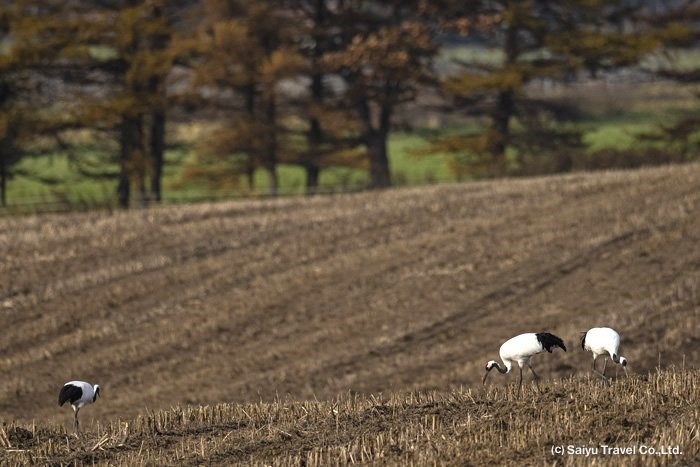
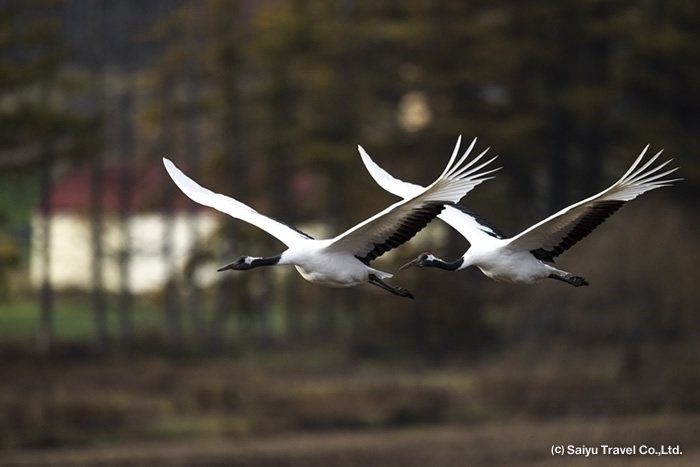
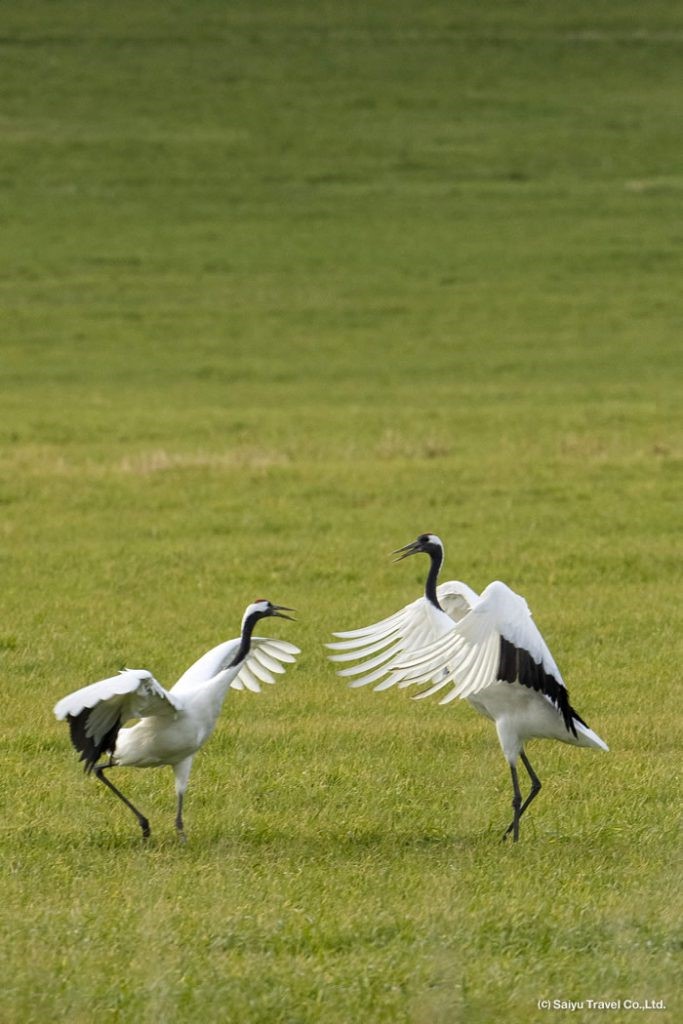

.jpg)


